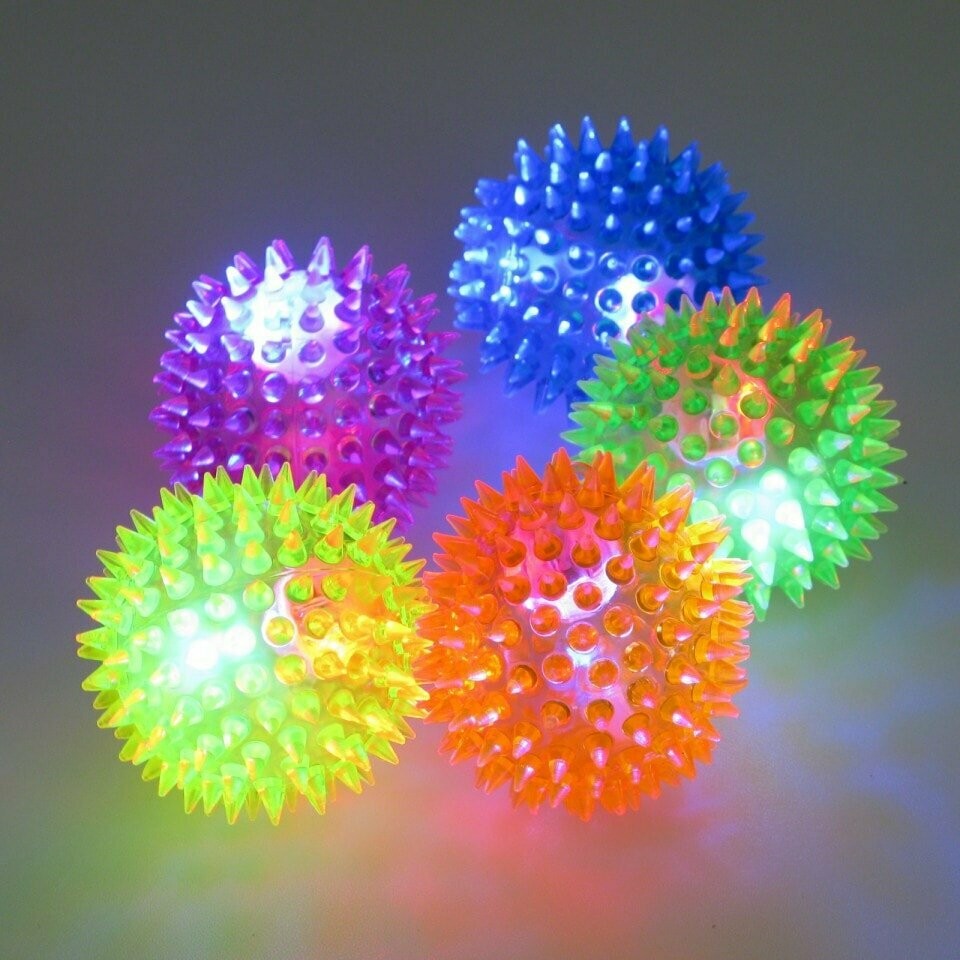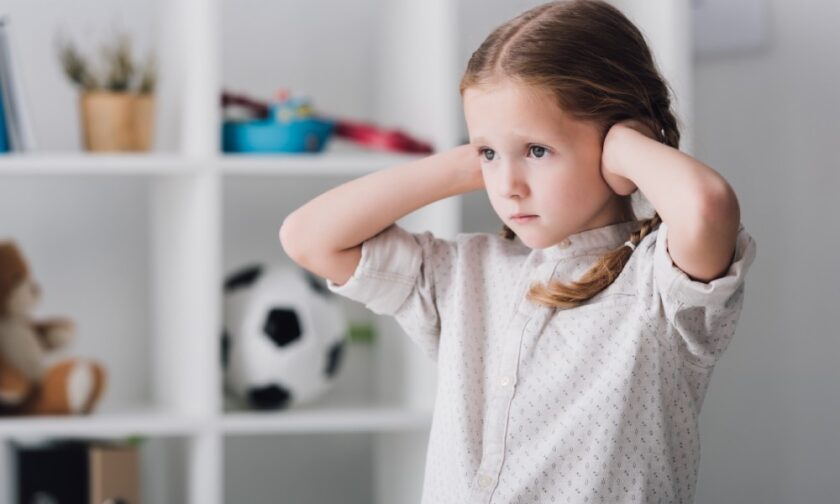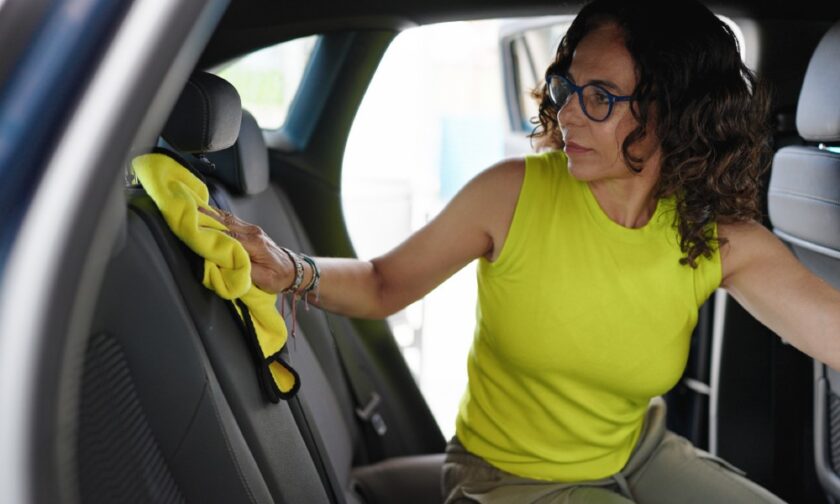
Sensory Bins for Autism
Children with autism often have sensory processing issues. This includes hypersensitivity (too much stimulation) or hyposensitivity (too little).
Sensory toys stimulate one or more of the five senses and help kids learn to self-regulate. They may be brightly colored to engage visual sensory input, or they might have different textures for tactile sensing.
Sensory Bins
Sensory bins offer a way to engage kids in sensory processing by using sight, sound and touch while they play. They can be used for all ages, from babies to preschoolers and even older kids. Sensory bins can be filled with dry materials such as rice, beans, shredded paper, craft feathers, packing peanuts, ice cubes, corn meal, sand or water beads. They can also be filled with wet materials such as water, kinetic sand, bubbles, colored spaghetti or Jello.
Kids can play in the bin with their hands or feet or use tools such as scoopers, tweezers, tongs, cups or bowls to manipulate the materials in the container. They can also add items such as buried treasure, figurines, blocks or magnets to create different scenes and encourage cognitive development and social skills during playtime. It’s a great idea to use a large sheet or shower curtain liner or painter’s drop cloth under the sensory bin to catch any overflow or spills.
You can find sensory bin fillers in a variety of places including the dollar store, Target, Wal-Mart, Discount School Supply and Lakeshore Learning. You can also ask friends, family or neighbors if they have any to donate. It’s important to get a wide range of sizes and shapes to accommodate different sensory activities.
Once you’ve gathered your supplies, you can start to organize them into smaller containers for easier storage. Depending on the type of material, you may want to keep the bin filler in its original packaging, use divided containers, snap containers or pouches. You can also purchase sensory tool organizers to help you keep everything together in one place and make it easy to find when you need it.
Once you’ve organized your sensory bin supplies, you’re ready to start creating different kinds of fun! Sensory play can be messy, so be sure to put a large sheet or shower curtain liner under the container and set out a plastic tarp under your dining room table for spills and mess-ups. You can also encourage kids to play in the sensory bin with you to model play ideas and help with clean up.
Tactile Toys
Many sensory toys engage touch, sound, sight and smell to encourage exploration and integration. Some provide calming effects for children with sensory processing issues or developmental disorders. Others are more specific in their purpose, promoting hand-eye coordination or fine motor skills. It’s important to always consider a child’s unique capabilities when choosing sensory toys. This includes whether or not they are able to use the toy properly without risking choking, laceration or lead exposure. In addition, parents should take into account any mobility or physical limitations a child may have that could interfere with their use of a given toy.
These fun and colorful textured toys stimulate tactile sensory input while helping kids develop hand strength and dexterity. This set includes a variety of bumpy, squishy and smooth textures that toddlers can explore by rolling them between their fingers, squeezing them in their palms or pressing them against their faces. The bright colors and fun shapes are a bonus for stimulating visual sensory input.
The first three years of a child’s life are crucial in building the brain’s sensory-related synapses and functions. Sensory toys are an essential part of that process.
Sensory toys that incorporate music and rhythm are great for fostering auditory and motor sensory input. They are also a great way to encourage creativity and social interaction with others. This toy set is an excellent choice because it’s portable, easy to clean and comes with multiple instruments to choose from including drums, xylophones, maracas and tambourines.
When used appropriately, these weighted toys can help to reduce anxiety and stress in kids of all ages. They can also be a great tool for improving concentration, focusing and regulating behavior during homework time at school or at home.
While you might be tempted to buy tons of sensory toys, it’s important to think about how your child will store them. This is especially true if you have a small space to work with or have limited storage options. To save on space and keep toys organized, try purchasing a few large bins that can be used to hold multiple toys. This will also make it easier to find and grab the ones you need when you are playing with your child.
Sand/Slime/Putty
There are many types of toys that can help kids develop their sensory skills, including role-playing toys that foster imagination, outdoor toys that get kids moving or artsy toys that promote creativity. But one type of sensory toy that is gaining popularity among parents and educators alike is sensory fidget toys and sand or slime toys. These toys can help children calm down and focus, as well as improve their fine motor skills.
Kids can play with sand, slime and putty toys to work on their tactile, visual and auditory senses. Many of these toys are brightly colored and may be appealing to kids who are sensitive to light and color, which can cause them to feel overwhelmed or anxious. Sand and slime are also great for helping kids work on their finger and hand-eye coordination as they use tools to shape or mold the sand or putty.
These toys can also be great for helping kids who have sensory processing disorders, such as SPD or ADHD. These disorders are often associated with hyper- or hyposensitivity to certain sensory stimuli, such as touch, sound, taste, smell and movement (known as vestibular). Sensory toys can help those who have sensory issues cope with these difficulties by providing them with the necessary stimulation they need to self-regulate.
Some parents like to make their own sensory toys by filling bins with a mixture of dry pasta, rice, water beads and sand and adding in corresponding toys, such as small figurines or blocks. But if making a DIY sensory toy isn’t the right fit for you, there are plenty of premade toys on the market that can help.
These toys include pop fidget spinners, DNA stress balls and infinity cubes, all of which provide a variety of sensations to soothe and engage the mind. Other popular options include gravity timers, which are great for helping kids who have a hard time focusing and can be used during parent-child skill practice or one-on-one work to keep wandering minds on track. Then there are Play-Doh and puffy clay toys for kids ages 3 to 5, which encourage the development of fine motor skills while encouraging creative and social interaction.
Fidget Toys
Whether they’re spun, snapped, squishy or clicky, fidget toys are great for a kid or adult who needs to wriggle. These tactile toys can be carried in a pocket or hand and help relieve stress, anxiety and boredom. They also make a great tool for kids with ADHD or high stress/anxiety levels, as well as people who have OCD. They can also be used by those who tend to chew on their nails or pencils, since these sensory tools can be a safe alternative.
Some teachers say that the recent popularity of fidget toys is tied to a rise in social and emotional learning, as well as mental health awareness in schools. These new approaches to education have led many teachers to be more open to fidget toys in classrooms, where they can help children calm down and focus.
However, while they may be useful for some students, fidget toys can cause distractions and interfere with classwork in others. This is why it’s important to monitor a child’s use of the toys. If they are distracting other students, they should be removed. Also, if a child’s fidget toy is becoming more of a play item than an attention-boosting one, it is probably time to try something else.
A good fidget toy can be discreet and can even help keep a child’s hands occupied during times when they need to wait, such as for a doctor appointment or haircut. Having a fidget toy can also be helpful at events where children are outnumbered by adults, like weddings or funerals, or at special services that require silence, such as church.
One example of a great fidget toy is the Boinks, which are small nylon tubes with marbles sealed inside — just push them back and forth to reduce stress or anxiety. There’s also the Monkey Ring, which has spiky rings to twist or squish for soothing sensations. A more unique type of fidget is a stress ball with beads that can be pulled for a different sensation than just squeezing. Putty can also be a great fidget toy because it provides a cool, slippery feeling when you squeeze it.





